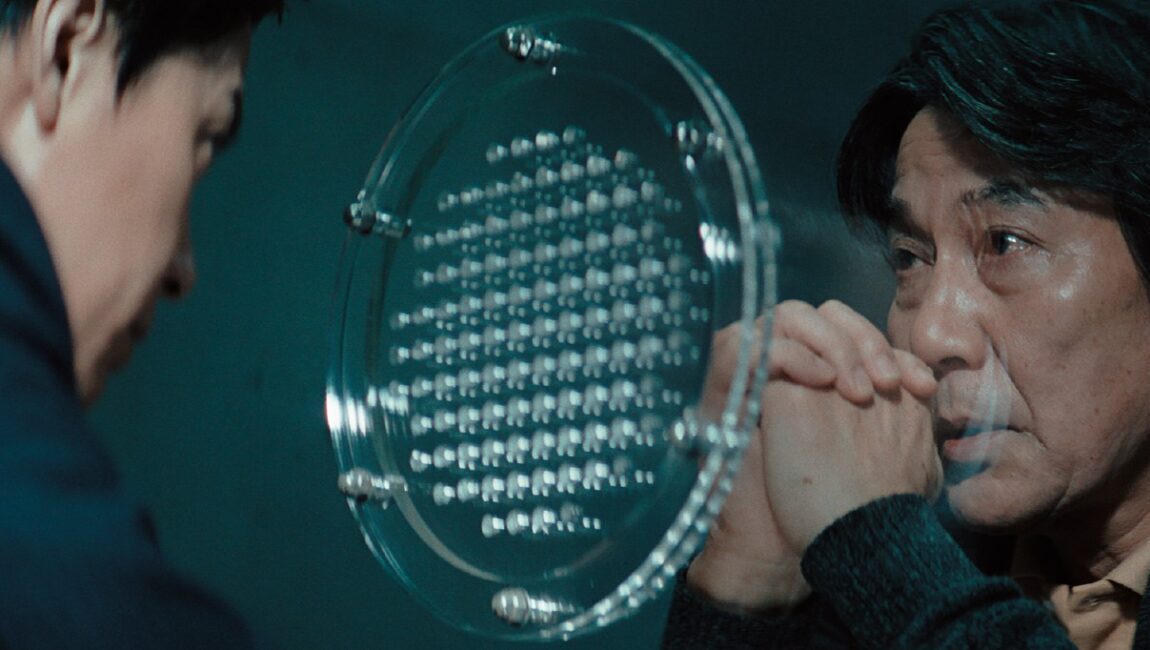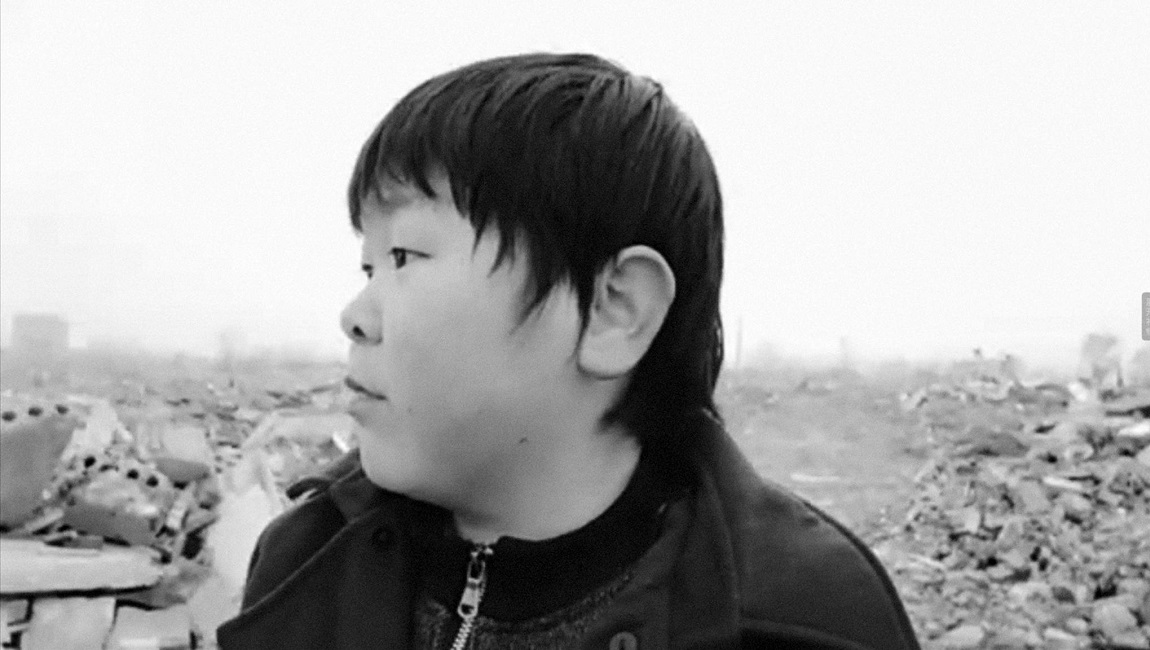The African Desperate is a fascinating, assured debut anchored by a star-making turn from Stingily and Syms’ confident formalism.
The first few minutes of Martine Syms’ The African Desperate seem designed to give art school survivors a flush of Proustian remembrance by way of sheer panic. Graduate student Palace (Diamond Stingily) is prepping for her final thesis critique, her last act before graduating with a master’s. She’s putting the final touches on her work as a quartet of professors make their way into her studio and proceed to interrogate, talk over, and otherwise mis-characterize Palace’s art, asking invasive questions and bandying about obtuse jargon. It’s a dense sequence, with overlapping dialogue and a mix of perspectives punctuated by shots of Palace’s confused, sometimes angry reactions. One professor reads a ludicrous prepared statement, while another insists on constantly referencing Edouard Glissant like a cudgel (there’s a remarkable moment when Palace finally corrects the professor with a different, more pertinent interpretation of Glissant, asserting her own intellectual bona fides).
For veterans of this process, it’s both darkly comedic and startlingly realistic. Syms certainly knows it well, having attended both SAIC in Chicago and Bard College in upstate New York, where this film is set and shot. Stingily is also an artist, having collaborated with Syms on multiple projects and so too presumably well aware of the peculiar aura of excitement and dread that comes with presenting work for critique. What’s most impressive about The African Desperate is that it finds uncomfortable truths and dark humor in an otherwise realistic milieu — this isn’t the overblown, ludicrous histrionics of Terry Zwigoff’s awful Art School Confidential adaptation, nor a simplistic denunciation of pretentious fine art clichés. Syms and Stingily don’t doubt the importance of art, or the process of making it, but as Black women are carefully attuned to the subtle and not-so-subtle power struggles that can infiltrate a competitive space, as well as the ways that people politicize words, gestures, and objects. While this sequence only takes up a few minutes at the beginning of the film, it colors all that comes after it; Palace ends the critique in tears, an image that suggests more pain and suffering than her otherwise brash, outgoing demeanor lets on.
The rest of The African Desperate transpires over the remainder of this day and late into the night, as Palace begins packing to leave the next morning and tries to see friends, roommates, and a potential paramour before her departure. She’s also hemming and hawing over whether or not to attend the big graduation bash to close out the semester. The structure bears some resemblance to Linklater’s Dazed and Confused, albeit on a smaller scale and centered on a different generation. But some things remain the same regardless of era — namely sex and drugs.
A veteran of video productions, Syms does a lot of interesting things here in her fiction film debut, allowing the movie and its narrative to gradually break down and become more diffuse as Palace progressively gets drunker and higher while en route to and during the party. Call it a movement from a relatively realistic objectivity to a more interiorized subjectivity, culminating in a woozy, disorienting series of encounters with her equally intoxicated peers. Syms also tries her hand at more overt stabs at stylization; FaceTime calls are presented in a kind of ‘”glamour shots’” portraiture, and Palace’s inner voice is occasionally represented via random internet symbols, memes, and gifs that appear in rapid, blink-and-you’ll-miss-them flash cuts. It’s all fascinating, anchored by a star-making turn from Stingily. Her Blackness is only occasionally remarked upon, but she’s one of only a couple of persons of color seen in the film, and her large frame and shock of orange hair make her the center of attention no matter who she’s sharing a scene with. There’s also class concerns that hover around the margins, which, like matters of race, aren’t hammered home but instead act as a steady undercurrent of potential conflict. Palace ends the film back in downtown Chicago, lugging suitcases to and from a CTA Blue Line train. It’s a stark contrast to the bucolic environs of the Bard campus, and not-so-subtly suggests that Palace’s time at school was an escape from a harsher day-to-day existence. The question, then, becomes a philosophical quandary that has dogged many young artists: are the intellectual pursuits of higher education simply a narcissistic, frivolous bubble within which to ensconce oneself, this in opposition to a more quotidian existence? Should one’s art reflect and make meaning of that same existence? Thankfully, Syms has the good sense to leave it as an open question. What a remarkably assured film this is.
Originally published as part of New Directors/New Films 2022: Dispatch 3.







